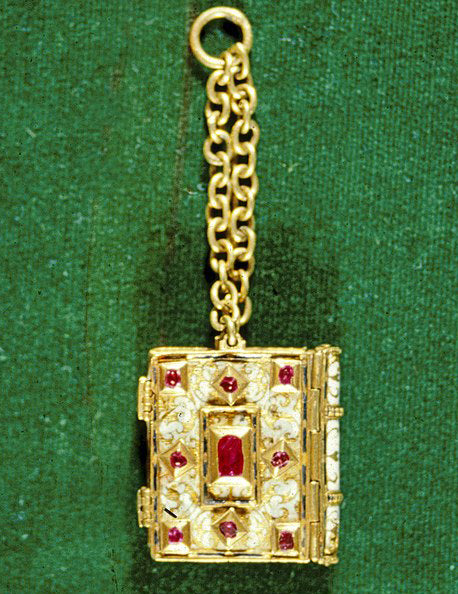
Illustration on top: Portrait of Henry VIII (1491 – 1547) by Hans Holbein the Younger, Public domain, via Wikimedia Commons
An exceptional artistic and intellectual flourishing defined England's Renaissance age between 1460 and 1650, with remarkable contributions in art, architecture, literature, and music. Central to this epoch was King Henry VIII's enactment of the Act of Supremacy in 1534. The law established English royal jurisdiction over the Church of England, sanctioning confiscation of church properties for financing arts development.
With his generous patronage of the arts and a passion for opulent jewelry, King Henry VIII captured the imagination of the Renaissance period. The court portraits of him flaunting heavy necklaces, rings, and gem-studded sleeves and collar became iconic during that age. His penchant for wearing hats studded with rows of precious gems symbolized wealth and power that was envied by many.
As stated previously, individuals during this time period favored clothing that was slit open and adorned with jewel-encrusted fasteners. This design allowed for the material to be displayed through the gaps, providing a touch of extravagance to everyday attire.

Illustration above: Elisabeth I, (1533 – 1603) Queen of England and Ireland
Additionally, Queen Elizabeth I was instrumental in preserving the practice of opulent embellishment among women. Renowned for her affinity towards lavish garb, she frequently donned elaborate dresses and accessories.
In England's Elizabethan era, opulent luxury was en vogue; it served as an integral aspect of the Renaissance movement in Europe. As such, this period marked unprecedented growth - from art to literature to fashion - propelling England to take its place as a hub for culture and creativity. Worth noting is the preoccupation with individualistic values like humanism coupled with renewed engagement with classical arts towards shaping modern society.






